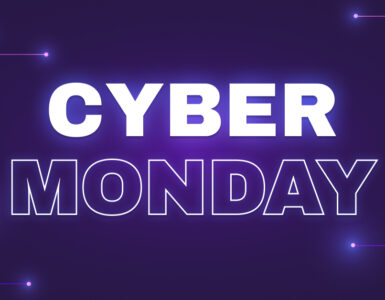Mobile apps dominate the market these days, offering a variety of functionality and solutions. The App Store and Google Play serve as the main app distribution platforms serving iOS and Android users, respectively. This detailed guide is designed to help new developers navigate the complexities of creating and running applications on these well-known platforms.
Understanding of the basic principles of mobile application development
- Selecting the optimal platform
Distinguish between iOS and Android platforms and choose the most suitable one for the target audience and functionality of your application.
- Basic development tools
Arm yourself with essential tools like Xcode for iOS and Android Studio for Android development to get your project started.
- Proficiency in programming languages
Develop proficiency in programming languages such as Swift, Objective-C, Java, or Kotlin to enable efficient application development.
- Design with user experience in mind
Prioritize user-centered design by creating visually appealing and intuitive experiences using tools like Sketch, Figma, or Adobe XD.
- Progressive development approach
Start coding with basic functions and gradually increase complexity while maintaining a good user experience.
Platform-specific recommendations and best practices
App Store (iOS)
- Enroll in Apple’s Developer Program: Gain access to the App Store distribution network by enrolling in the Apple Developer Program.
- Adherence to Guidelines: Strictly adhere to Apple’s guidelines for design, content, and functionality.
- Optimizing for the App Store: Create compelling listings with keyword-rich descriptions, captivating screenshots, and an eye-catching icon for better visibility.
Google Play (Android)
- Registration on Google Play Console: Establish a Google Play Console account to manage and publish your Android applications.
- Compliance with Google’s Policies: Ensure compliance with Google’s policies to prevent rejection during the review process.
- Effective App Releases: Optimize app listings with descriptive content, engaging visuals, and strategic keywords for improved discoverability.
We wrote about problems and updates in Google Play and App Store in our last article, you can read more here.
Rigorous Testing and Feedback Integration
Conduct comprehensive testing across multiple devices and OS versions to identify and rectify bugs. Seek feedback from beta testers or focus groups to refine the app based on user experiences and suggestions.
App Submission and Strategic Launch Approaches
Follow submission guidelines meticulously, ensuring all required information and assets are included. Prepare for the app review process to ensure a successful launch and reach a wider user base.
Conclusion
Developing mobile apps for the App Store and Google Play demands a fusion of creativity, technical prowess, and adherence to platform-specific guidelines. Continuously learn, iterate based on user feedback, and optimize your app’s presence to enhance visibility and success in the competitive app market. Embrace the journey of app development, striving to create impactful and user-centric mobile applications for a global audience.






















